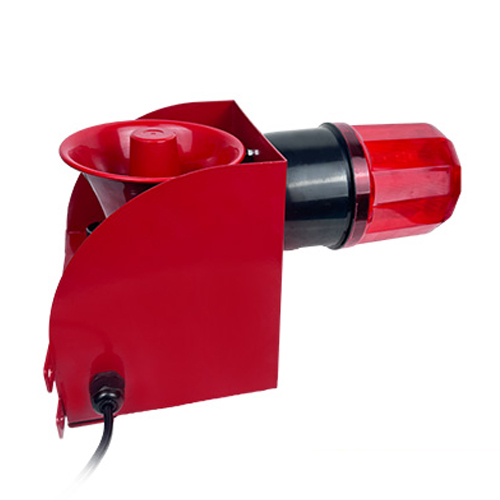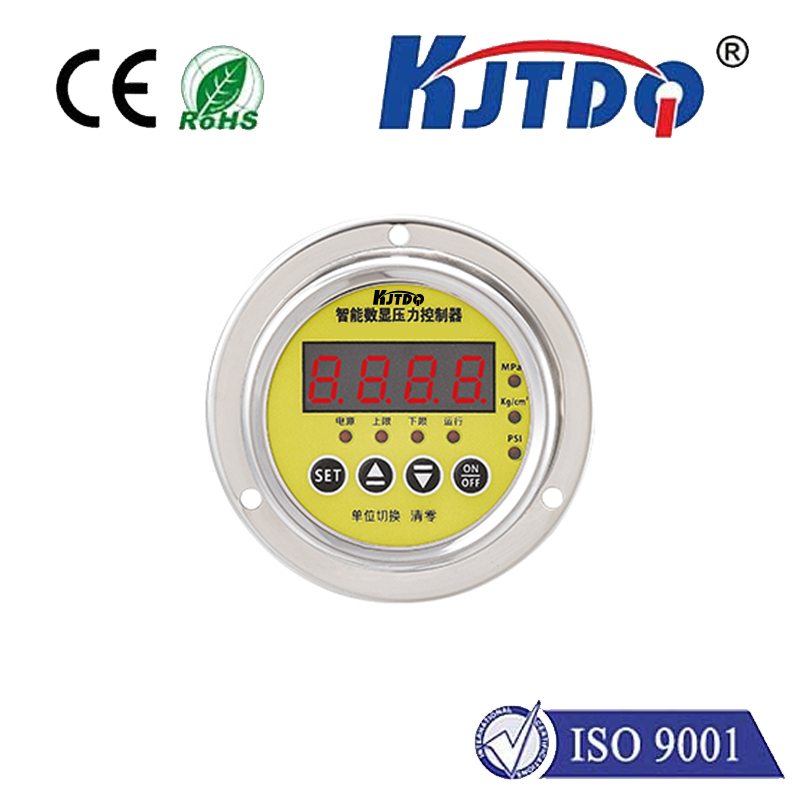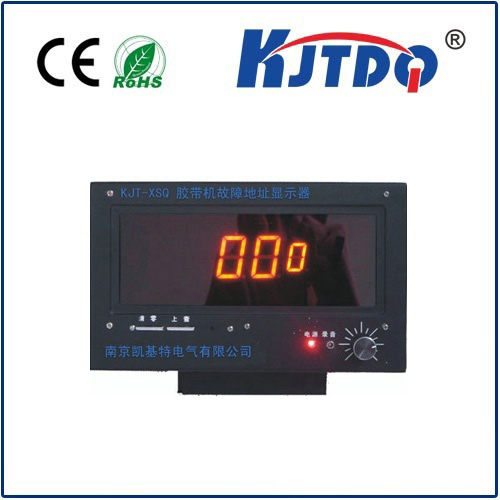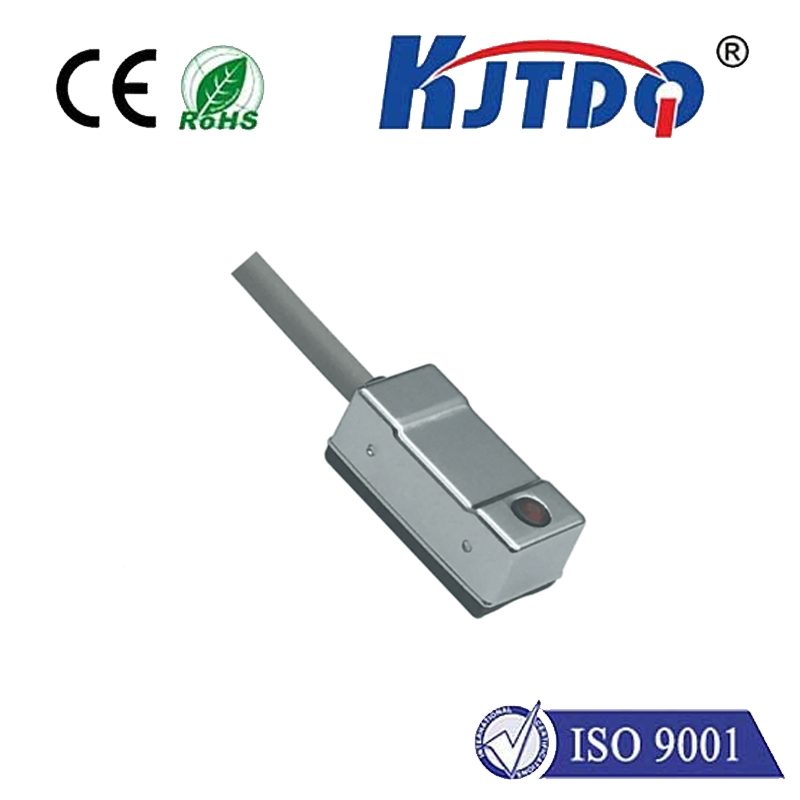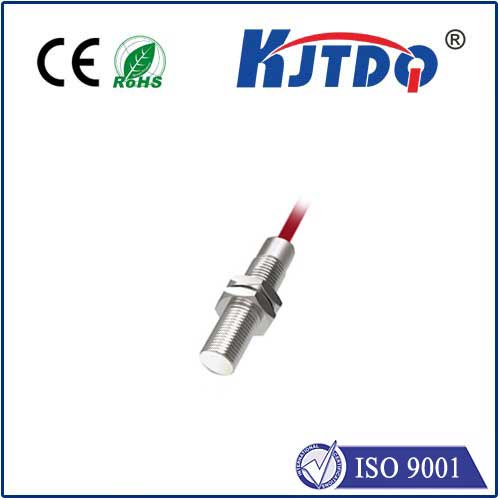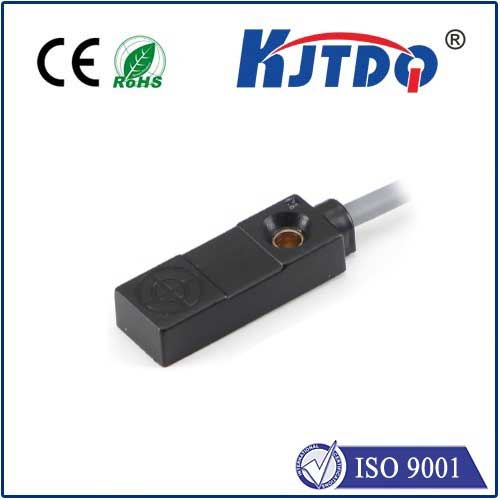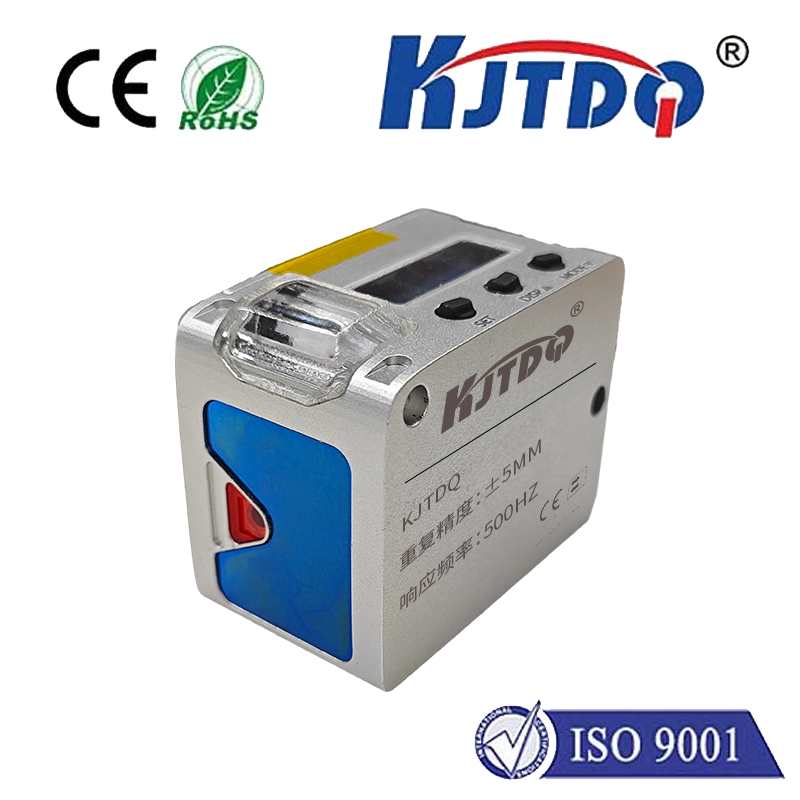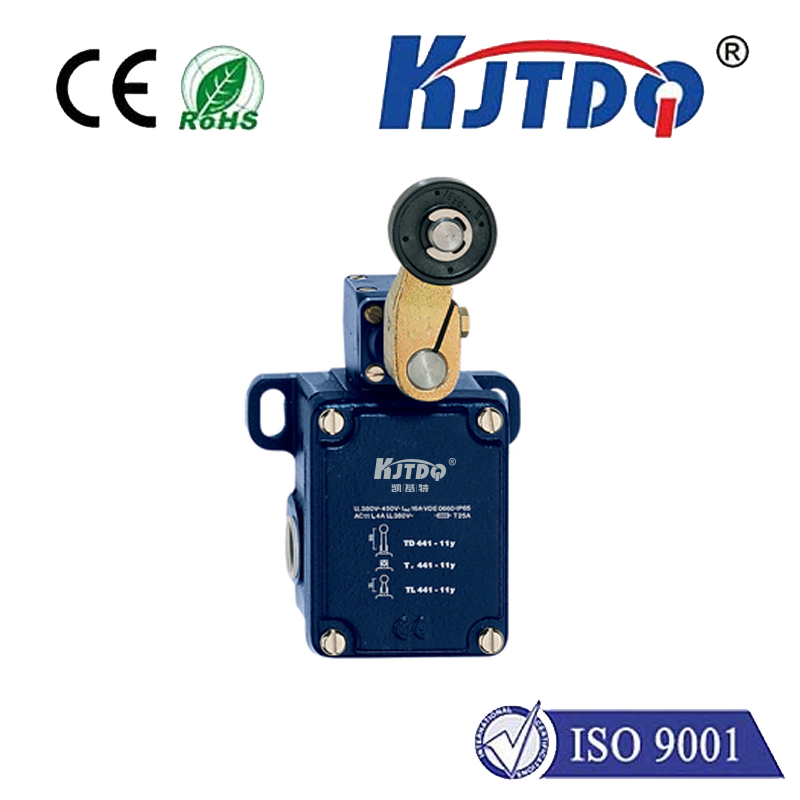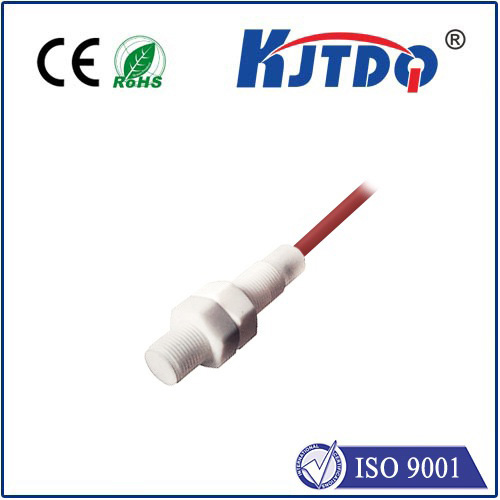

check

check

check

check

check

check

check

check

check

check
Precision Distance Measurement: Enhancing Accuracy in Modern Technology
Introduction
In today's world, precision distance measurement has become an essential aspect of various industries. From construction and engineering to aerospace and automotive manufacturing, accurate measurement of distances is critical for the success of many projects. This article will discuss the importance of precision distance measurement and how it can be achieved using modern technology.
The Importance of Precision Distance Measurement
Precision distance measurement is crucial in many fields as it ensures that projects are completed with the desired level of accuracy. For example, in construction projects, precise measurements are required to ensure that structures are built according to specifications. In manufacturing processes, accurate distance measurements are necessary to produce high-quality products consistently. Without accurate measurements, errors can occur, leading to costly mistakes and delays.

Technology Used for Precision Distance Measurement
Various technologies are used for precision distance measurement, including laser scanners, total stations, GPS systems, and photogrammetry. Laser scanners use light pulses to measure distances accurately, while total stations combine optical and electronic measurements for precise results. GPS systems provide location data based on satellite signals, allowing for accurate distance measurements. Photogrammetry involves taking photographs from different angles and using software to calculate distances based on known reference points.
Applications of Precision Distance Measurement
The applications of precision distance measurement are vast and varied. In construction projects, it is used to ensure that buildings and infrastructure are built according to design specifications. In manufacturing processes, it is used to ensure consistency and quality control. In surveying, it is used to create accurate maps and plans. In transportation, it is used to monitor vehicle movements and traffic flow. These applications demonstrate the importance of precise distance measurement in modern technology.
Challenges and Solutions
One challenge faced when measuring distances precisely is dealing with environmental factors such as temperature, humidity, and atmospheric pressure. These factors can affect the accuracy of measurements taken by traditional methods such as tape measures or rulers. However, modern technologies like laser scanners and total stations can overcome these challenges by providing accurate readings regardless of environmental conditions.
Another challenge is ensuring that measurements are consistent across different devices and operators. To address this issue, calibration procedures must be followed regularly to ensure that all equipment is functioning correctly and providing consistent results. Additionally, training programs can be implemented to ensure that operators have the necessary skills and knowledge to perform accurate measurements consistently.
Conclusion
Precision distance measurement plays a crucial role in modern technology by ensuring accuracy and consistency across various industries. With advancements in technology, new tools and methods have emerged that allow for even greater accuracy and efficiency in distance measurement. By understanding the importance of precision distance measurement and implementing appropriate technologies and practices, companies can improve their operations, reduce costs, and enhance overall performance.

